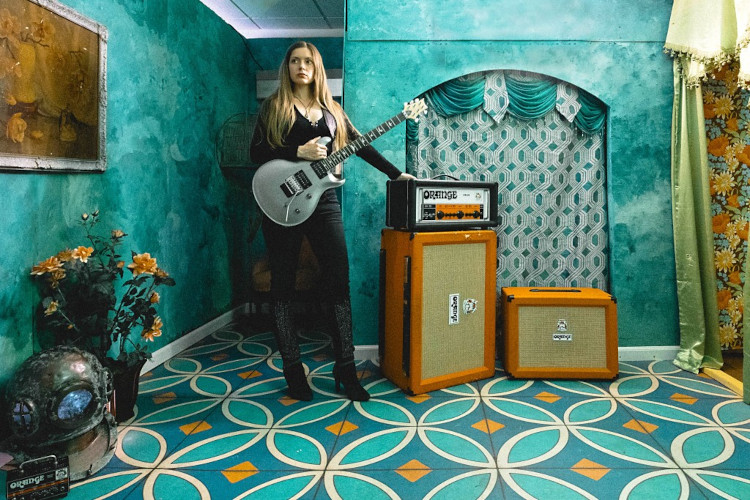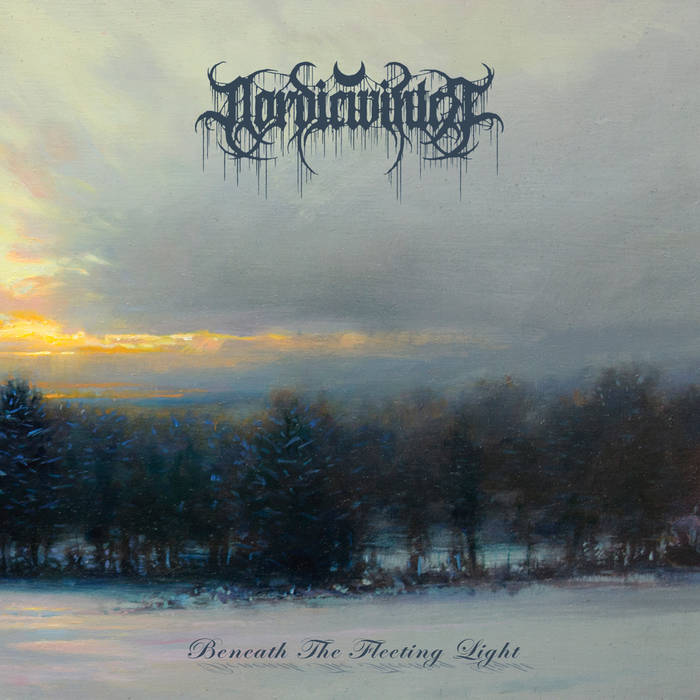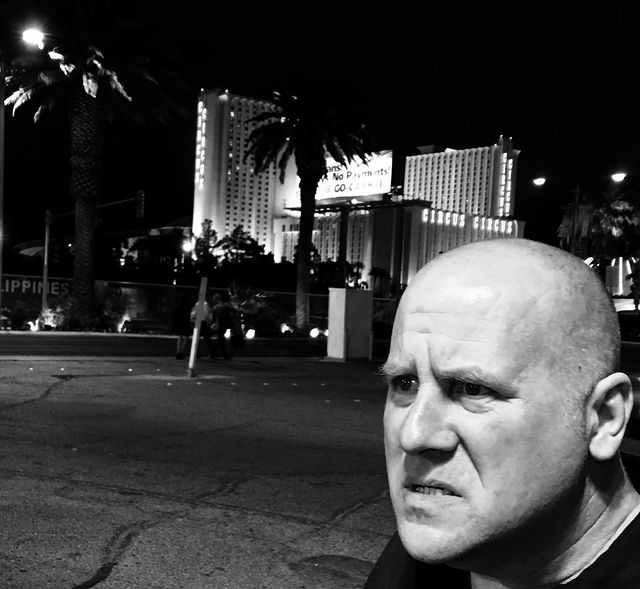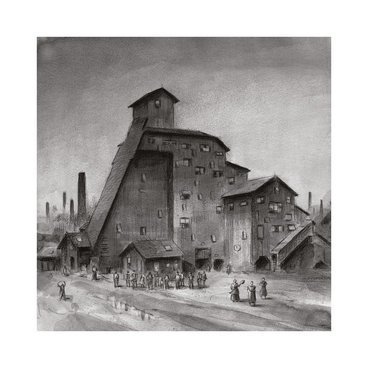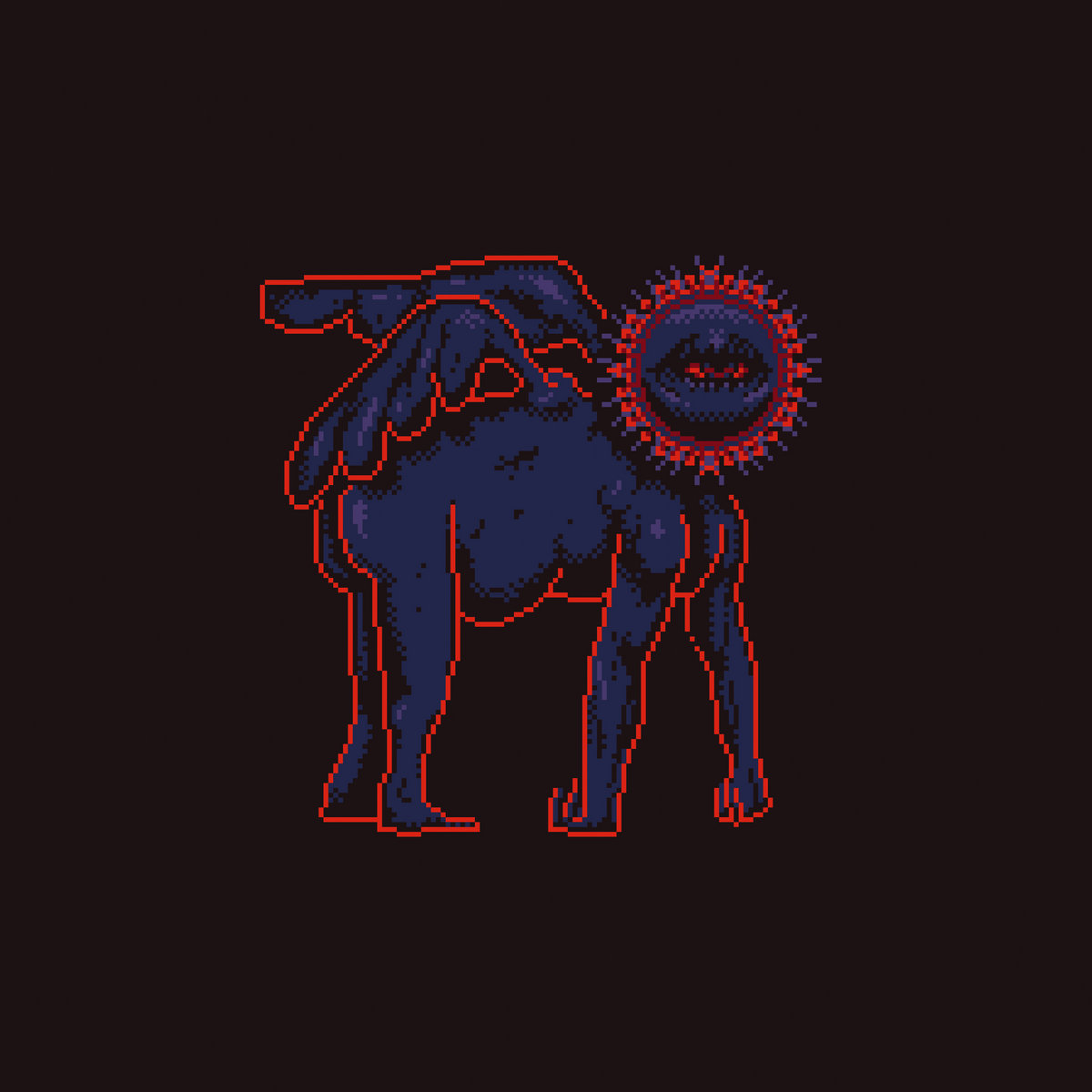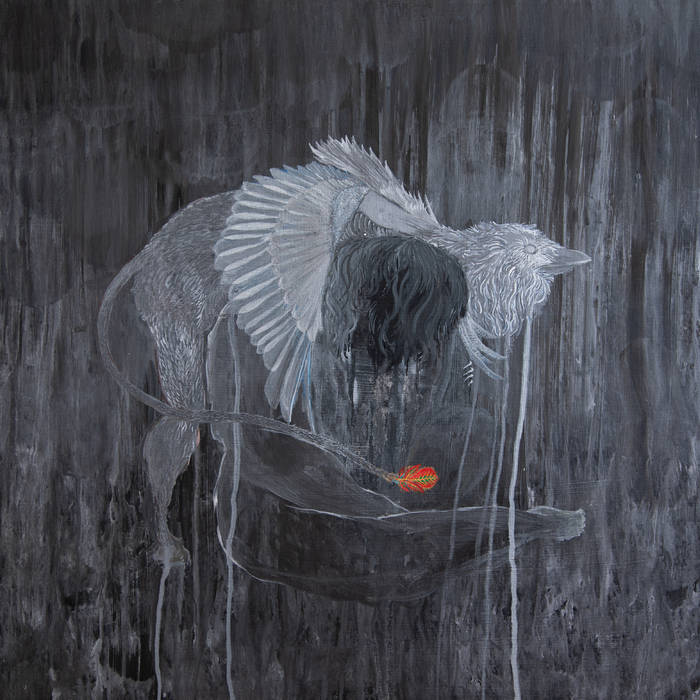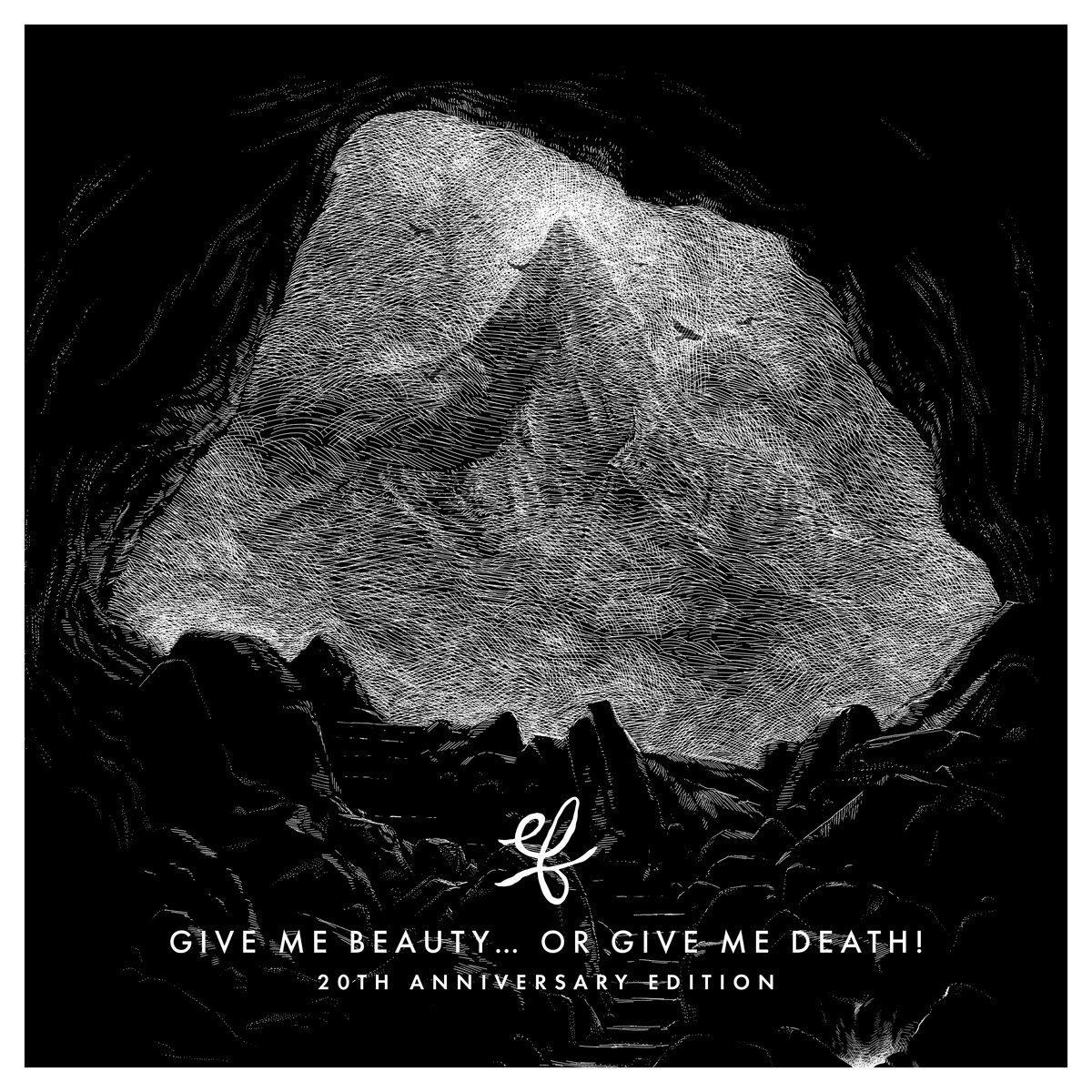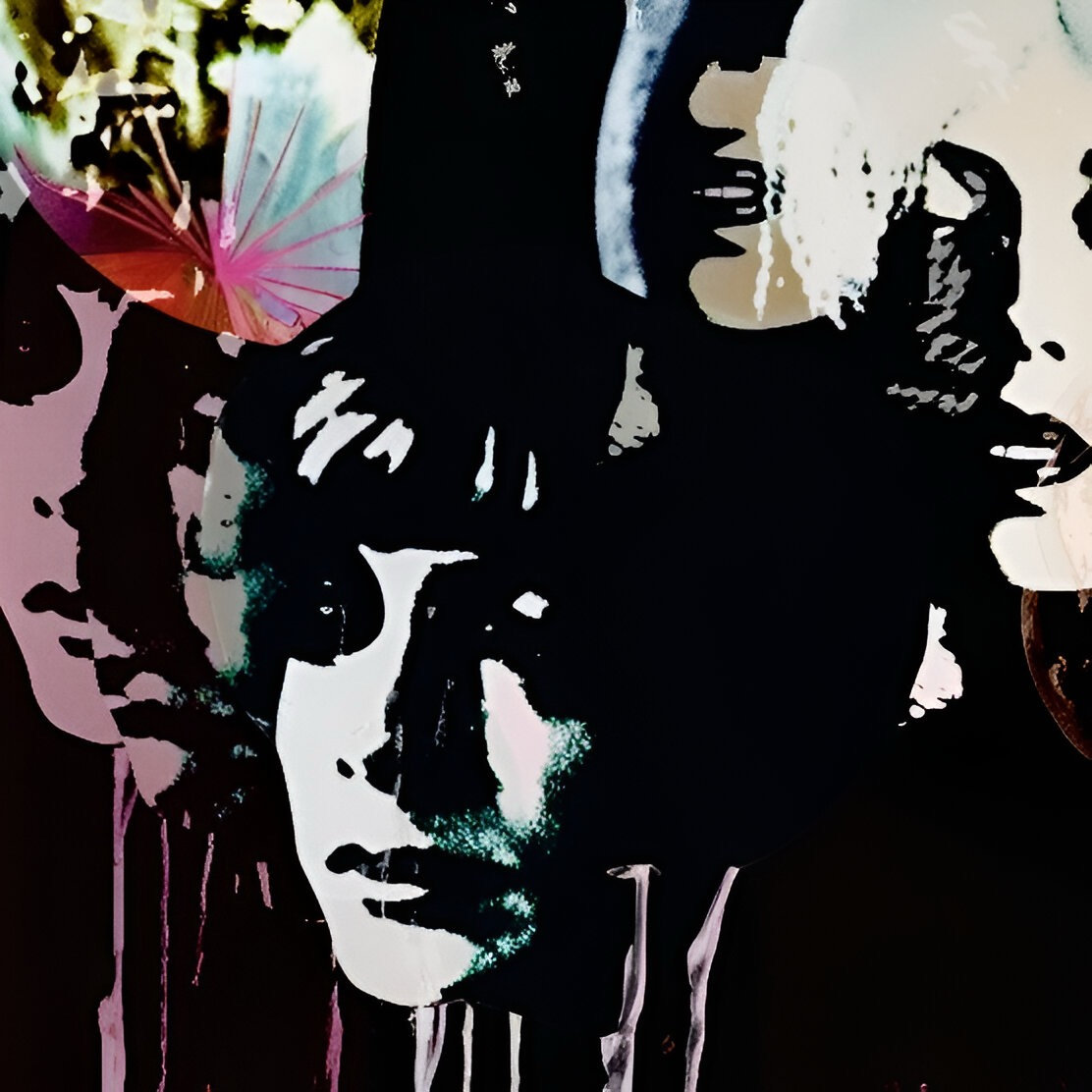Fusion - one of those terms that many people detest even though they do not have the slightest clue what it means. Yes, it CAN have roots in Jazz, or in Metal. Or both. But basically it means nothing else than the co-existence of two or more different elements within the same settin of time and place. That does not necessarily make it artsy-fartsy as many people think, but man, some of those ‘fusionistas’ can really rock it out as hard as many Metal-musicians can’t. Thus, our advice - don’t overestimate your own knowledge or underestimate the hardness of that “genre”. Oh why do we say all of that right here? Because our man Joshua also talked about the term with Sally Gates, who is a miraculous virtuoso on her instrument and part of Titan to Tachyons, which we reviewed a short while ago. So, take of any bias towards the genre and wrap your head around this interview!
I was incredibly fortunate to connect with Sally Gates, leader, composer, and guitarist of the powerhouse instrumental band Titan to Tachyons, whose new album Vonals (here is our review) was released on John Zorn’s Tzadik label on September 16. Despite her busy international traveling and gigging schedule, she graciously answered a range of curious questions about her history, recent non-Titan solo and collaborative performances, worldviews, and visual artistry, among other themes. I hoped to use this occasion to shine more of a spotlight on Gates’ consummate artistry, her process and sources of inspiration. Thanks to her incredible candor, I got that and more — including the scoop on some upcoming projects to look out for. Enjoy!
Kia ora, Sally!
Congratulations on the release of the second Titan to Tachyons album, Vonals! I can’t thank you enough for taking the time to answer these questions, especially on the heels of a very busy period including the Vonals release tour, numerous international press features, and a return to New Zealand to play the Wellington Jazz Festival, several improvisational gigs, Vitamin S Fest … oh my! Have you caught your breath yet?
Only just! It’s been a rather busy & intense year. I’m still here in New Zealand for a series of performances around the country after the Wellington Jazz Fest, and I am also spending some long-awaited quality time with family.
I enjoyed your article published in the Dominion Post & Stuff. In it, you touch on your connections to places like Tairua — a special creative sanctuary for you — and the pain of being estranged from them for so long because of the pandemic and other contingencies. How has your homecoming after four years been going? You must be experiencing a lot of excitement, relief, but also some mixed emotions, after so long away.
It’s amazing to be home after so long. It felt pretty strange to be back at first, but now I’ve settled in & adjusted it’s feeling more normal. The country has changed a fair bit in these four years culturally and physically, with new developments, so some places are simultaneously nostalgic and unrecognisable. I’m definitely excited to be here for the summer, as I love exploring and going on various outdoor adventures like hiking, kayaking, and surfing.
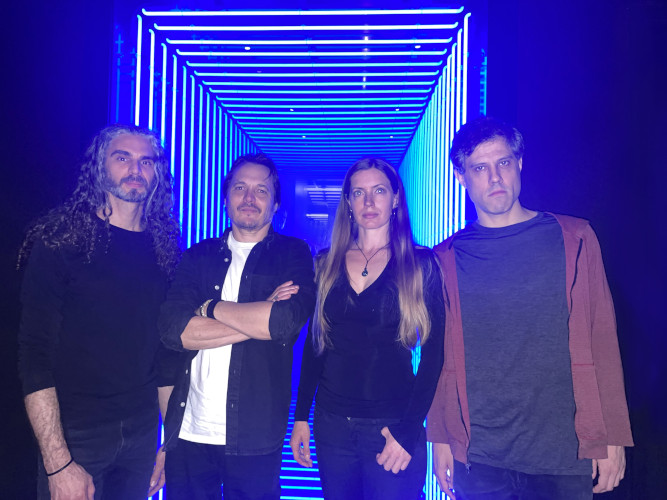
In or out of the jetlag fog, what were your first home-again musts: people to see, places to visit, foods to eat?
Family was number one. Then the beach, coffee, sushi. (Which is pretty typical wherever I am.)
As a commissioned artist for the 2022 Wellington Jazz Festival, you presented Thought & Terraform, a new solo guitar work exploring the relationship between consciousness and perceptual reality. Thematically, this sounds like an extension of your recent compositions for Vonals, though I’m curious what other musical textures make up this piece. Can you characterize the performance for us and maybe how your approach to composition changes in a solo context? Did you include looping or live sampling? Were there other techniques you hoped to highlight in your composition or performance?
The commission was a great opportunity to focus on what I can do solo, as I’ve spent the majority of my career writing for and playing in bands.
Thought & Terraform had a set form and motifs that were expanded and connected through improvisation, however the overall piece was rather textural and abstract. I used a looper to build layers, sometimes adding extended techniques to create percussive elements and walking basslines to give the effect of rhythm section. I’ll be premiering the piece in the US on January 22nd in San Francisco.
Awesome, I can’t wait! I was hoping we might get another opportunity to hear this work.
Can you share more about the “terraforming” side of this concept? Are you exploring the extent of our control, imaginary or practical, over the worlds we create and how we go about inhabiting them?
The title is based on the book Thought Forms (Besant & Leadbeater, 1905), which explores the range of colours and forms visible in the human aura manifested by different thoughts and emotions. Thought & Terraform takes this premise a step further and includes a theory from The Holographic Universe (Talbot, 1991); consciousness manifests the world around us, shaping physical reality.
The Wellington Jazz Festival acknowledges the indigenous cultures and traditions of New Zealand, including Maori language on its website and embracing the Maori name for the islands and islanders, Aotearoa. I don’t think I’m overstepping when I say that the majority of Americans struggle to reckon with the anti-BIPOC colonial history of the United States, let alone practice land acknowledgements or make diligent efforts to understand indigenous cultures and tribal sovereignty. How do you feel New Zealand is faring on these obligations?
This is a great question which highlights an important issue; however, I don’t feel mine is the most qualified voice to answer it. As an observer, I can say that Maori culture has always been present in New Zealand, and over the years since I moved to the States, I’ve noticed a marked effort to acknowledge it and further integrate it into everyday practices, with a focus on fostering the language into common use. Over the last 40 years there have been major land reparations and compensation from the Crown as a result of Maori protests beginning in the 1960s, which were aimed at repairing injustices dating back to the 1840 Treaty of Waitangi.
You have lately been exploring the dynamics of control and chaos, to pick up on some language from your article. Your music for Titan to Tachyons tests the dimensions of the liminal zones between composition and improvisation. What about in situations where you’re playing free, such as on the jazz festival circuit or gigging with players in New York (as in your recent trio performance with Zoh Amba and Brian Chase)? Is there a different energy you bring to those sets to manage the inherent “chaos” of the encounter, where compositional constraints are not necessarily the primary concern?
There’s a different energy when playing entirely free, in that you’re listening and reacting to the other players, while also making choices on the spot with an interplay between leading, following, countering, etc. A lot of the time I’ll form groups with people I’ve never played with before, as half of the fun for me is discovering other people’s ideas and vibes while creating a rapport in a live situation.
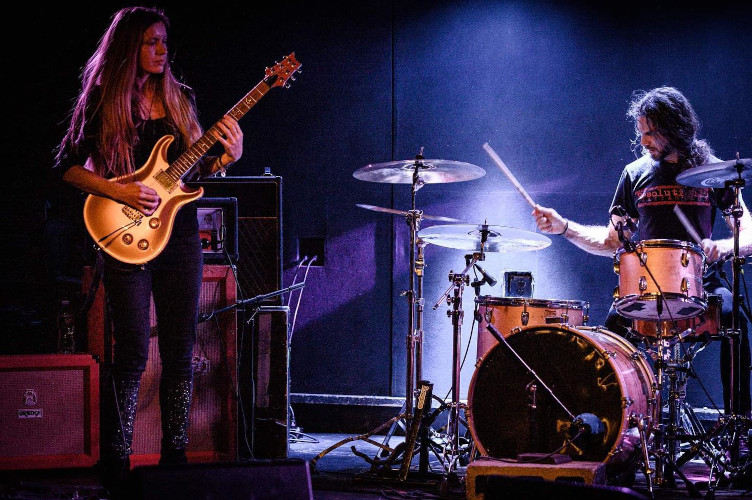
In recent memory, aside from Kenny, Matt, and Trevor, with whom have you made the most powerful connections in an improvisational setting?
The trio with Brian and Zoh was an exciting combo that I’d love to do more with. I played duo with Sam Ospovat earlier in the year which had a lot of great moments too. Back in 2019 I put together a trio with Trevor and Greg Fox for a gig. We ended up recording an album together that will be coming out soon on Riverworm Records.
Trevor Dunn’s new label! I look forward to hearing that recording.
I was hesitant to use the term “Fusion” in my review of Vonals because of its pejorative overtones; nonetheless, I find the concept fits the uncompromising blend of Jazz and Metal I hear in Titan to Tachyons and it gave me a way of contextualizing that for others. I also believe that “Fusion”—as a cultural ethos, not necessarily as a marketable commodity—is due for reappraisal. What are your feelings about the term “Fusion” and how it may or may not apply to Titan to Tachyons?
“Fusion” as a genre makes me think of the ‘70s era bands, but as a general term it’s as un/helpful a description as any other label such as “Jazz-Metal”. We’re not Jazz nor a Metal band, but there are elements of each present, so “Fusion” could potentially be more accurate.
It sometimes feels like we’re going through a moment of greater crossover appeal between Jazz and Metal, Jazz in Metal, vice versa. So many incredible artists are making profound statements informed to varying degrees by both musical traditions. What I find exhilarating about Titan to Tachyons is your attempt to represent those equally, without excuse. Jazz and Metal are not just flavors or colors in your music, but part of the structural DNA. Uncompromising, mad scientism. How did you discover this style? Was there a turning point in your musical development that you can point to and say, here everything started coming together — these are not just different musics but part of a greater whole? Was there a moment of extrinsic or intrinsic permission allowing you to see things this way?
Titan to Tachyons was about discovering my musical voice. There were no conscious decisions on style; I followed a mantra of “write for an audience of one,” which you could say was a continuing moment of permission that really helped me get through creative roadblocks and allowed completely free expression. In my early years of playing music, I was predominantly listening to and playing metal. As my tastes evolved I began discovering more experimental and Avantgarde music, as well as developing a taste for Blues, Jazz, Trip-Hop, Dub, and more. So when I began to focus purely on writing my own music, it came out as an amalgamation of these tastes.
There may also be a lag in terms of audiences appreciating the kinship and diverse uses of these musical traditions. No matter how visceral and compelling the musical experience may be, metalheads can be reluctant or afraid to go “too far” engaging with the language of Jazz and improvised music, while so many jazzheads continue to regard metal only with a side-eye. What’s going on here? What would you like to see happen in this dialogue?
I feel like a vast amount of people are already pretty open to these crossovers, and it makes things very flexible for us as we’re able to bounce between playing different types of line-ups and venues, for example fitting into a Jazz festival or playing Metal clubs. I’d like to see that continue as it makes for more interesting and enjoyable shows, while expanding our audience and network.
Your artwork for both Titan albums is incredible—mesmeric and full of evocative movement! You’ve been playing music since you were a child, correct? What about your visual artistry? When did that start and what’s the relationship between your various artistic outlets? Do you use your drawing and painting as a workshop for musical ideas?
Thank you! I began both music and art around the age of 5, with more of a natural talent for art. I’ve pretty much always been able to create the images that were in my head through artistic mediums, but struggled to write music. Things began to click for me when I started to look at music composition more visually, and the two became intertwined expressions of singular concepts. One thing I love to do is paint and listen to music for inspiration.
(The debut record by Titan to Tachyons Cactides)
Unwrapping the album led to some delightful surprises! Inside the CD cover there are visual captures taken from your sketchbook with score notations and arrangement patterns, including musical reference points like Hendrix and Slonim as well as interpretive glosses on moods like “disintegration” and “vertigo.” And the liner notes! I love these glimpses into your process. How has your process changed or grown from Cactides to Vonals?
Vonals was more of a deliberate process, in that I knew who I was writing the music for. This allowed me to utilise everyone’s strengths and open things up for their individual creativity. After Cactides I’d started writing material with more of a focus on counterpoint, and it was calling for a third melodic voice, so getting Trevor on board again was perfect timing. I also had a focus on minimalism, wanting to do more with less by expanding two or three ideas into a whole song rather than having 13 different sections for example, like “The Starthinker is Obsolete”. Vonals was also much more intensive, written over 18 months as opposed to the three years or so I spent on Cactides.
With the more stable addition of Trevor Dunn to this record, you’ve had to work more creatively with arrangement and counterpoint—to stunning result. Vonals sounds incredibly lush and spacious, even with all these similarly voiced instruments. It’s amazingly well choreographed. Do you anticipate continuing in this direction and have you considered experimenting with other instrumentation for Titan? I’m outside imagining how a trombone or —gasp!— additional percussion would sound in the mix.
I’m always open to additional instrumentation, but I do like to be able to play everything we record live, so that gets factored in. Typically I would try to create any new sounds within the band by using extended techniques or effects pedals before bringing in a guest musician. Kenny threw in some percussion in “Blue Thought Particles”, and it’s a road I’d like to explore more of with him.
As for direction, I feel like we only tapped the surface of what’s possible in regards to arrangement and counterpoint with this line-up, so it’s definitely something I’m interested in exploring more.
I have not had the pleasure of seeing Titan to Tachyons live … yet! But I’ve enjoyed watching available recordings of your performances. I’ve noticed you are very watchful during live performances, partly conducting or just being in the improvised moment, but you also appear to enjoy watching the audience. How would you characterize your “awareness” on stage and connecting with your audience?
One thing I love about having an amount of improvisation in the music is that it keeps you present in the moment, listening and communicating with each other. The written material is not something I can play entirely on autopilot either, there are a lot of cues & conduction happening, as well as keeping track of the form, etc., so you could say I’m very aware most of the set. Looking at the audience is a way to connect with them.
What is the secret of your star tone, Sally? What’s your setup? Are you in standard tuning most times?
My setup is pretty straightforward. I have my PRS Custom 22 Goldtop as my go-to favourite for a warm and smooth tone, and it has the versatility of a 5-way pickup switch and tremolo. I use an Orange OR100 tube amp with their PPC series cabs. (The amp can switch from 35-100 watts, and I have a 1x12 or 4x12 cab to match.) I have a variety of pedals that run different effects, such as modulations and delays. For distortion I use a Friedman BE100 live, and on the album I put together a combination of a Friedman clone and the BK Butler Tube Driver.
I use standard tuning. I like that it consistently trains my ear and fingers to know where each note is, and also for better communication between other musicians.
What does it mean to “Close the Valve & Wait”? How integral is this to the interior cosmic journey Vonals invites us on?
This track explores tension and textures through a freely improvised session, creating an unsettling build to the final passage of the album’s journey.
You’re always reading and watching interesting stuff. What’s currently inspiring you?
The book that inspired me the most recently was The Holographic Universe by Michael Talbot. A lot of weird synchronicities popped up around and in this book, even during the process of trying to hunt down my own copy.
Yayoi Kusama and Victor Vasarely are two artists that became a large part of the visual inspiration for Vonals. I’m currently reading How to Build a Time Machine: The Real Science of Time Travel (Brian Clegg) and looking for the next book in Phillip K. Dick’s VALIS trilogy. Undone is also a great TV series, which explores the nature of reality and time from a girl who may or may not be experiencing schizophrenia.
Would you like to share any other news about the future of Titan to Tachyons or other projects coming up?
Titans are beginning to book shows for 2023, and I’m starting to think about the shape of the next album.
As I mentioned earlier, I have another project with Trevor and Greg Fox. We recorded an album a little while back which will be coming out early 2023 on Riverworm Records. This is an improvised record with Trevor on upright bass and Greg on drums & modular synth.
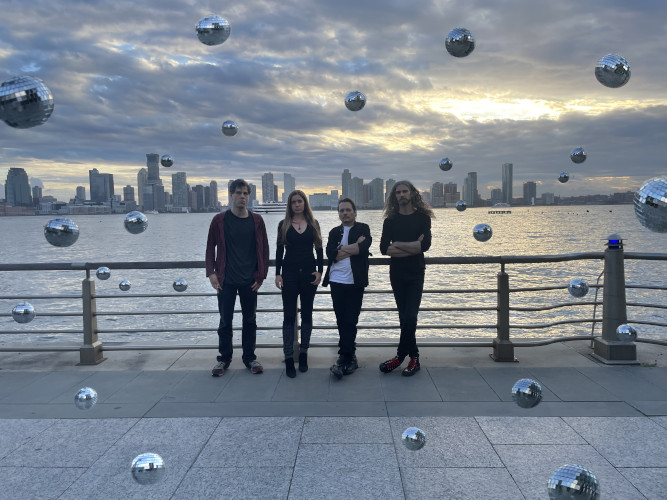
It’s tradition to close VoS interviews with a round of rapid-fire questions. Feel free to answer and elaborate as you like:
Favorite Red Dwarf character or favorite Red Dwarf episode? I may have been a tad obsessed with the Cat growing up. Favourite episodes are hard to narrow down: “Parallel Universe,” “Backwards,” “Quarantine,” “Back to Reality,” “Gunmen of the Apocalypse.” I could go on.
Favorite Miles Davis album or favorite death metal album? These aren’t quite death metal, but Today is the Day, Sadness Will Prevail; Cryptopsy, None So Vile; and Emperor, Anthems to the Welkin at Dusk.
Twin Peaks, Twin Peaks: Fire Walk with Me, or Twin Peaks: The Return? Twin Peaks.
Winters in New York or summers in Miami? NY Winters. Ask me again in 10 years.
North Island or South Island? South Island
Best Hāngī or best Fish ‘n’ Chips? Fish n chips from the Kai Kart on Stewart Island.
Whitebait, Kina, or Pāua? Pāua
Beets on burgers or pineapple on pizza or other sacrilegious behaviors you’d recommend? Toasted Marmite and cheese. I also used to condone beetroot on burgers as a kid.
Best beach reading or best mountain soundtrack? Kyuss is the best beach soundtrack.
“Stonehenge” or “Big Bottom”? Big Bottom
Indeed. Always more bass. Thank you, Sally!
[Photo credits: Band pictures - Naeemah Z. Maddox; Live photo - Brandon Daza; Sally alone - Karen Jerzyk]
